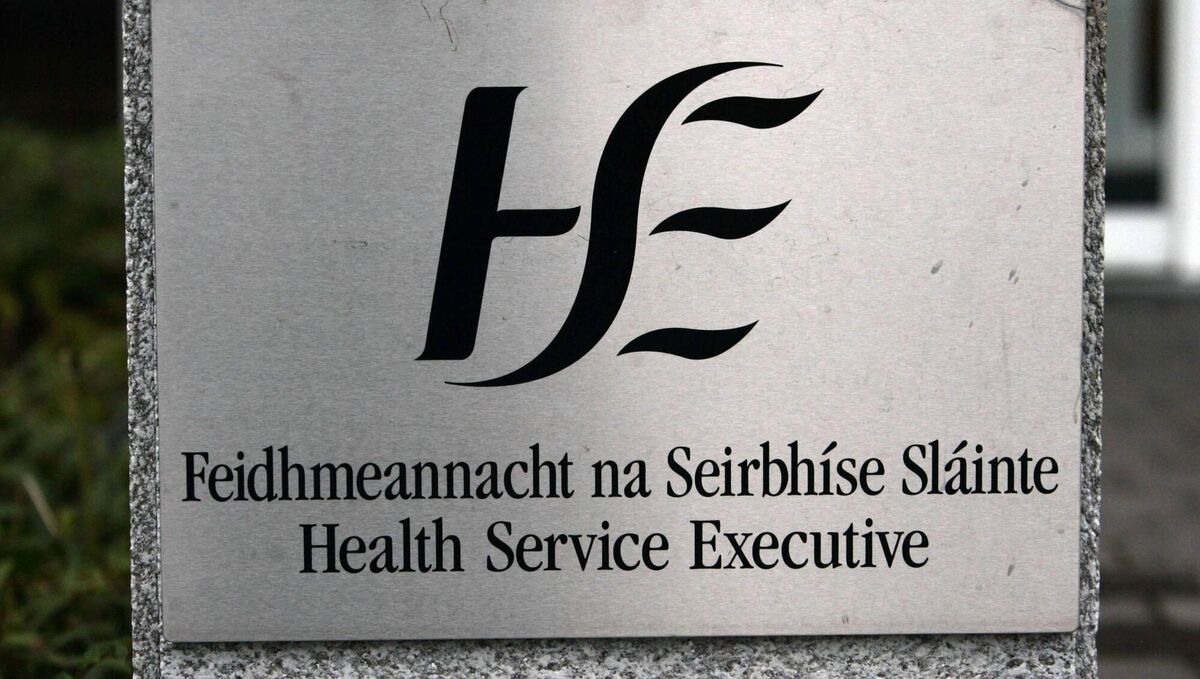Healthcare staff challenged by rare case of leprosy

The infected person was an individual in their 30s living with eight other adults in Ireland who was born and raised in a Caribbean country where leprosy is endemic.
A recent case involving a rare form of leprosy in the south-west of Ireland presented a major challenge to healthcare staff, with calls made for specific guidelines for the public health response to patients with the disease.
A new report on the case of leprosy, recorded by the HSE South-West in 2024, observed it presented complex challenges particularly in relation to contract tracing and the management of close contacts as well as the stigmatising nature of the disease.
It is only one of five cases of leprosy notified in the Republic in the last decade and the first recorded in the south-west of the country.
Leprosy is a chronic infectious disease caused by bacteria which affect nerve endings and destroy the body’s ability to feel pain and injury.
Although curable, the stigma associated with the infection because of the physical impairments it can cause has deterred people from coming forward for diagnosis and treatment which increases the risk of transmission.
The report expressed concern that the nature of the public health challenge in dealing with the case in Ireland was due to absence of specific guidelines at both national and EU level.
The infected person was an individual in their 30s living with eight other adults in Ireland who was born and raised in a Caribbean country where leprosy is endemic.
The patient had moved to Ireland in 2022 from southern Brazil, which was also an area with a high incidence of leprosy, where they had lived for 10 years.
The individual initially presented in late 2023 with a history of pain and numbness in their right arm and hand as well as several raised, light-coloured skin lesions on their face, chest, arms and legs.

The report, published in Eurosurveillance, a medical journal on infectious diseases, noted that the patient had made a recovery after being diagnosed in the summer of 2024 and treated with multi-drug therapy.
In the absence of specific guidelines for the management of close contacts of such an infection, the report said medical staff carried out a rapid scoping review of international guidelines to determine a contact tracing strategy and public health risk assessment.
It observed that there is no universally agreed definition of what constitutes a close contact for a case of leprosy but HSE staff decided to define it as anyone who had been in contact with the patient for at least 20 hours per week for at least three months in the preceding year.
On detailed questioning of the patient, they assessed that only one of their housemates could be considered a close contact, together with the patient’s partner and one work colleague.
“No credible source of infection was identified among their Irish contacts,” the report noted.
Some 10 other adults, including two who had subsequently left Ireland, were considered potential close contacts.
The report said HSE staff considered that extensive contact tracing of all household members could be harmful to the patient and potentially jeopardise their housing and employment status, both of which were described as being “informal or precarious".
Based on guidelines used by the World Health Organisation and health authorities in the UK and Western Australia, HSE doctors decided to offer preventative medication to three close contacts as well as arrange for them to have a yearly follow-up skin and neurological examination for a minimum of five years.
The report said such a decision was also taken because the three close contacts were migrants to Ireland from countries where leprosy remains endemic.
Rebecca Marshall, a specialist registrar in public health medicine with HSE South-West and one of the report’s main authors, said managing leprosy in non-endemic, high-income countries poses unique challenges.
Dr Marshall added: “This delay increases the risk of irreversible nerve damage, which can lead to notable disability, requiring lifelong care and follow-up.”

The report claimed most existing international guidelines for the management and prevention of leprosy are tailored for countries where the disease is endemic and there are notable variations in public health approaches to prevention and contact tracing in high-income, non-endemic countries.
It recommended that strategies should be developed to prioritise ongoing education for healthcare professionals to recognise and diagnose leprosy and other similar tropical diseases.
The report also called for robust measures to combat stigma and ensure access to comprehensive mental health support for affected cases.
Although leprosy is not generally considered to be a highly infectious disease, the report noted the exact mode of transmission is poorly understood.
While primarily transmitted through respiratory droplets, it generally requires prolonged periods of close contact for person-to-person transmission, while genetic factors are also believed to play a role.
It is estimated that up to 97% of the world’s population is naturally immune to the disease, although 182,815 new cases of leprosy were reported in 2023.
Younger people are considered at higher risk but the infection rate is also influenced by extreme poverty and poor nutrition.









